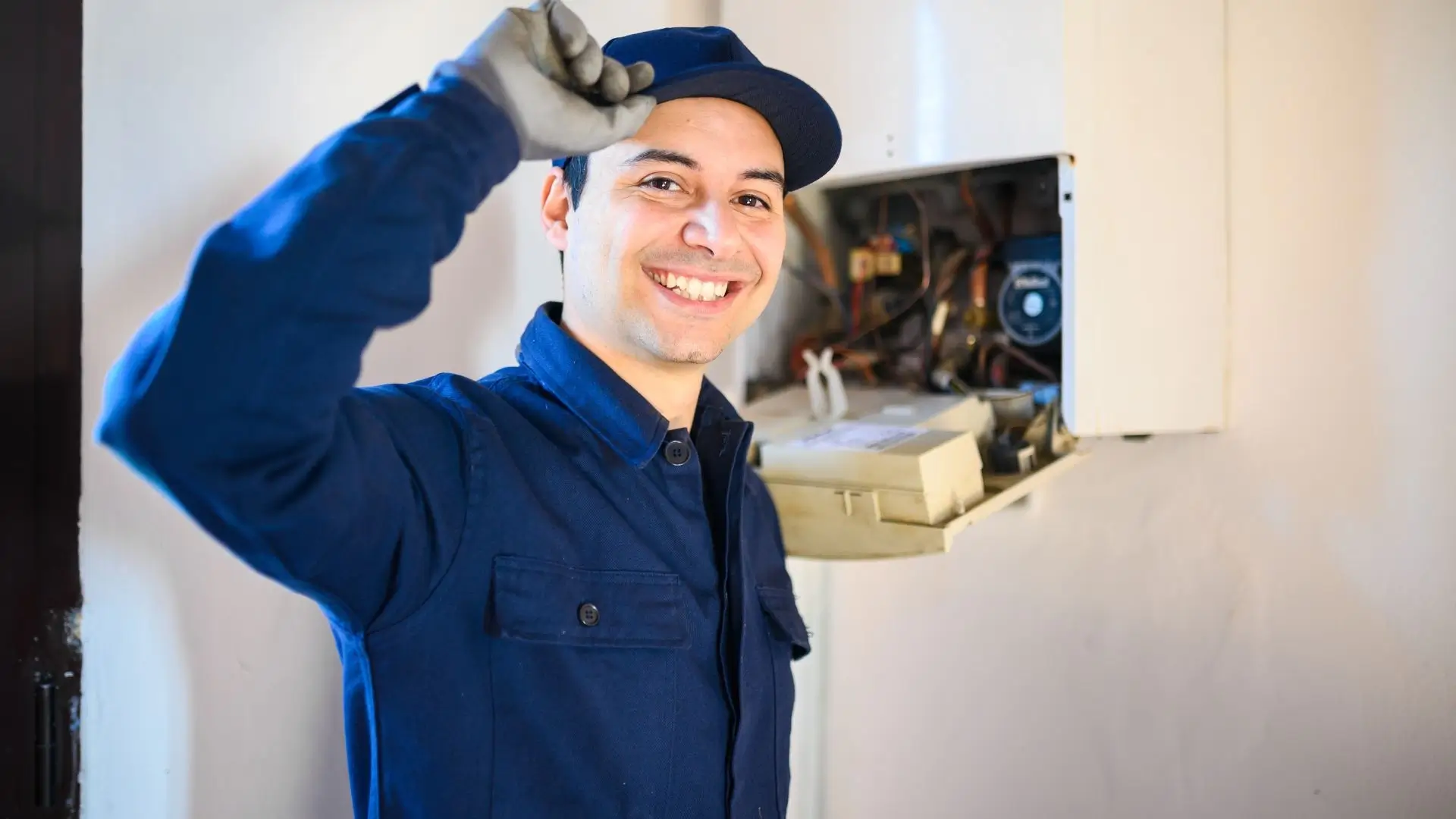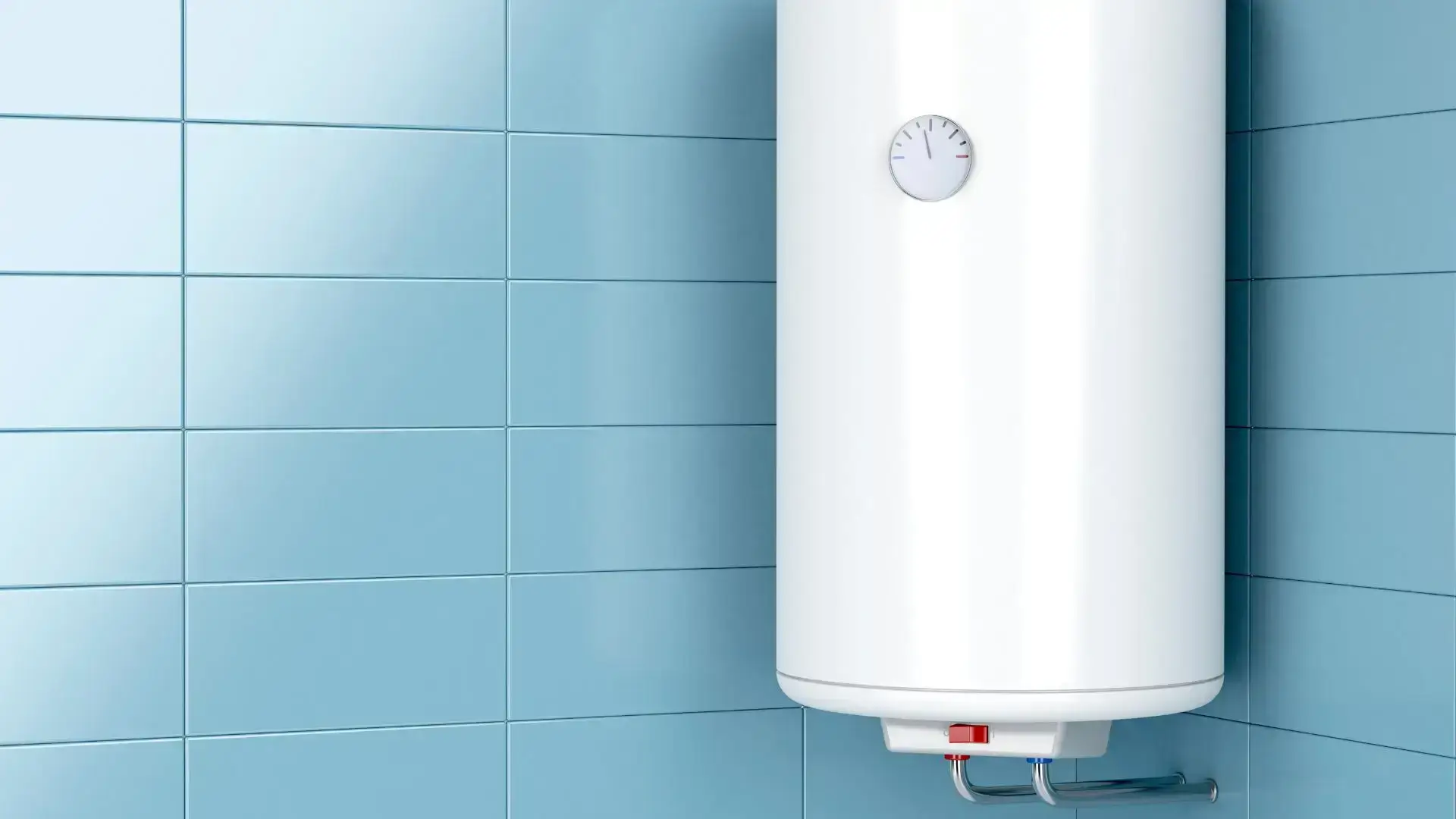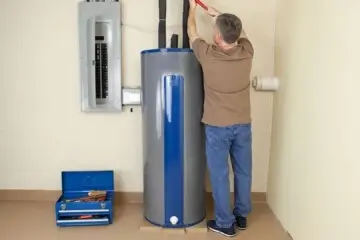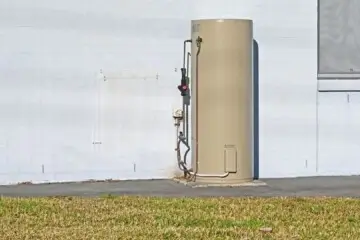To begin, shut off the power or gas supply to your water heater and allow it to cool. Connect a hose to the drain valve and direct the other end to a suitable drainage area. Open the valve to release the water and close it once the tank is empty. Turn on the cold water supply to refill the tank, ensuring the pressure relief valve is closed. Restart the heater, check for any leaks, and wait for it to heat up to the desired temperature. Follow the detailed steps for a successful water heater flush.
Contact CAN Plumbing and Drainage for all your Water Heater Needs
When it comes to maintaining your water heater, reaching out to CAN Plumbing and Drainage in Mississauga is the most reliable choice for all your water heater needs. Regular flushing of your water heater is essential to remove sediment buildup that can impact its efficiency. This process involves turning off the water supply, connecting a hose to the drain valve, and allowing the tank to empty. Over time, sediment can accumulate and cause issues with heating the water. A plumber from CAN Plumbing and Drainage in Mississauga can assist in properly flushing your water heater, ensuring a consistent supply of hot water. Professional maintenance can extend the lifespan of your water heater and help prevent costly repairs in the future.

CAN Plumbing and Drainage Services Related to Water Heaters
At CAN Plumbing and Drainage in Mississauga, we provide a variety of water heater services. Our licensed plumbers in Mississauga can handle hot water tank installations, replacements, and repairs, as well as installations and replacements for tankless hot water systems. Whether you require a new water heater installed or an existing one repaired, we are here to meet all your water heater needs.
Hot Water Tank Installations
When it comes to plumbing and drainage services involving water heaters, one essential task is the installation of hot water tanks. Properly positioning the tank and ensuring secure connections are key steps in this process. Begin by turning off the cold water supply and attaching a garden hose to the drain valve located at the bottom of the tank. This allows for the flushing out of any sediment or buildup that may have accumulated inside the tank. By opening the drain valve and letting the water flow out through the hose, you can effectively flush the hot water heater, promoting optimal performance and extending the system’s longevity.

Hot Water Tank Replacements
When replacing a hot water tank, follow these steps for a smooth and efficient installation. Start by shutting off the power and water supply. Attach a hose to the drain valve on the old tank to flush out any sediment, and open a hot water faucet to aid in draining. After emptying the tank, carefully disconnect it and install the new tank securely, ensuring all connections are tight. Set the thermostat to the desired temperature and check the heating element. Turn the water supply back on and check for leaks before restoring power to the new tank.
Hot Water Tank Repairs
When maintaining and repairing hot water tanks, our plumbing and drainage services in Canada focus on thorough inspections to efficiently identify and address any issues. Regular maintenance, such as flushing the tank, is crucial to ensure the optimal performance of your hot water tank. During the flushing process, our team drains the water heater to remove any sediment buildup that could affect its efficiency. We meticulously check the water valve to ensure it functions correctly in controlling the water flow during draining. By promptly addressing repairs and conducting routine maintenance, we aim to extend the lifespan of your hot water tank. This approach provides you with a dependable source of hot water while helping prevent potential drainage problems.
Tankless Hot Water Installations
Our plumbing and drainage services in Canada specialize in efficient and reliable tankless hot water installations. Unlike traditional water heaters that store hot water in a tank, tankless systems heat water on demand as it flows through the unit. Whether you prefer gas water or electric water heating, tankless hot water installations provide endless hot water supply without the need to worry about running out. Additionally, tankless systems eliminate the risk of water sitting at the bottom of the tank, reducing the chances of sediment buildup and corrosion. If you’re considering upgrading to a tankless system or learning how to flush your water heater, our team can guide you through the process seamlessly.
Tankless Hot Water Replacements
At CAN Plumbing and Drainage Services in Mississauga, our skilled team specializes in providing efficient and dependable replacements for your tankless hot water system. When upgrading to a new tankless water heater, it’s essential to consider the type of heater, whether electric or gas, and ensure compatibility with the gas pipe and water lines. Adjusting the temperature settings on the new unit is crucial to meet your hot water needs while avoiding scalding. Regular maintenance is key to preventing any build-up that could impact performance. Before finalizing the replacement, remember to flush the new unit and check for leaks by running a nearby faucet. Count on us for seamless tankless hot water replacements that prioritize your comfort and convenience.

Why Flush Your Water Heater
Regularly flushing your water heater is essential for maintaining its efficiency and extending its lifespan. Sediment and mineral buildup can accumulate over time, reducing the heater’s ability to heat water effectively. To flush the tank, first turn off the cold water supply, close the drain valve, and attach a garden hose to the valve at the base of the heater. Let the water run until it becomes clear, indicating that the sediment has been flushed out. Performing this maintenance task about once a year can help prevent issues such as decreased hot water output, increased energy consumption, or premature failure of the water heater.
Tools and Materials Needed
Before you begin the process of flushing your water heater, make sure you have all the necessary tools and materials on hand for a smooth and efficient experience. You will need a garden hose that is long enough to reach a drain, safety gloves, eye protection, and a screwdriver. Ensure that the water heater is turned off and has cooled down before starting. Locate the drain valve at the bottom of the tank, as this is where the flushing will take place. Attach the garden hose to the spigot, ensuring that the other end is in a safe drainage area. Turn off the cold water supply to the tank and open a hot water faucet in the house to release any pressure. By having these tools and materials prepared, you are ready to successfully flush your water heater.
Shut Off the Water Supply
Before proceeding with flushing your water heater, it is important to shut off the water supply. Locate the main valve that controls the flow of water into the tank, usually positioned near the top of the heater. Turn the valve clockwise to shut off the water supply. Next, switch off the power source to the water heater. For electric water heaters, this involves turning off the power at the circuit breaker. For gas water heaters, you will need to turn the gas valve to the ‘off’ position. After shutting off the water supply and power, you can continue by turning on the hot water in a nearby sink and attaching a hose to the drain valve.
Drain the Water Heater
To eliminate sediment buildup from the water heater tank, we will start by draining the water heater. Begin by locating the drain valve at the bottom of the water heater. Attach a hose to the valve and ensure the other end of the hose leads to a safe drainage area. Turn off the electricity or gas supply to the heater. Next, find the faucet closest to the heater and turn off the cold water supply. Connect a hose to the drain valve and direct it to the designated drainage area. Open the valve at the bottom of the water heater and let the water flow for a few minutes until it runs clear. This process aids in removing sediment accumulation and helps maintain the efficient operation of your water heater.
Refill and Restart the Heater
After draining the water heater to remove sediment buildup, the next step is to refill the tank and restart the heater for peak performance. To refill the water heater, close the drain spigot and carefully turn on the cold water supply to allow the tank to fill. Make sure the pressure relief valve is closed before turning on the power or gas to the water heater. Once the tank is full, switch on the heater and wait for it to reach the desired temperature. Keep an eye out for any leaks during the refill process. It is vital to follow the manufacturer’s instructions on restarting the water heater to guarantee safe and efficient operation. Properly refilling and restarting the water heater is paramount for maintaining its longevity and performance.

Frequently Asked Questions About Water Heaters Near Me
How Often Should a Water Heater Be Flushed?
We recommend performing a yearly flush on your water heater. This regular maintenance task helps remove sediment buildup, ensuring optimal performance. By flushing your water heater annually, you can extend its lifespan and improve its efficiency.
Can I Use Regular Household Vinegar to Flush My Water Heater?
Yes, you can use regular household vinegar to flush your water heater. It’s a safe and effective method to remove sediment buildup. Simply follow the manufacturer’s instructions and ensure proper dilution for best results.
Is It Necessary to Turn off the Power to the Water Heater Before Flushing?
It is crucial to switch off the power to the water heater before flushing to ensure safety and prevent mishaps or electric shocks. Prioritize safety by turning off the power source before performing any maintenance tasks.
How Long Does It Typically Take to Drain a Water Heater Completely?
Draining a water heater completely typically takes around 30-60 minutes. The time can vary based on factors such as the tank’s size, sediment buildup, and water pressure. It’s important to be patient and thorough throughout the process.
Are There Any Warning Signs That Indicate a Water Heater Needs to Be Flushed?
If you notice rusty water, strange noises, or inconsistent water temperatures from your water heater, it may be time for a flush. Addressing these issues promptly can help maintain your water heater’s efficiency and longevity.
Please rate our website
Let us improve this post!
Tell us how we can improve this post?


